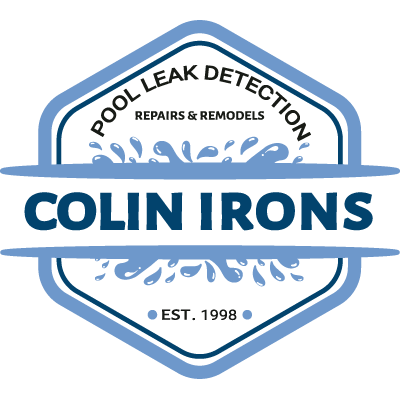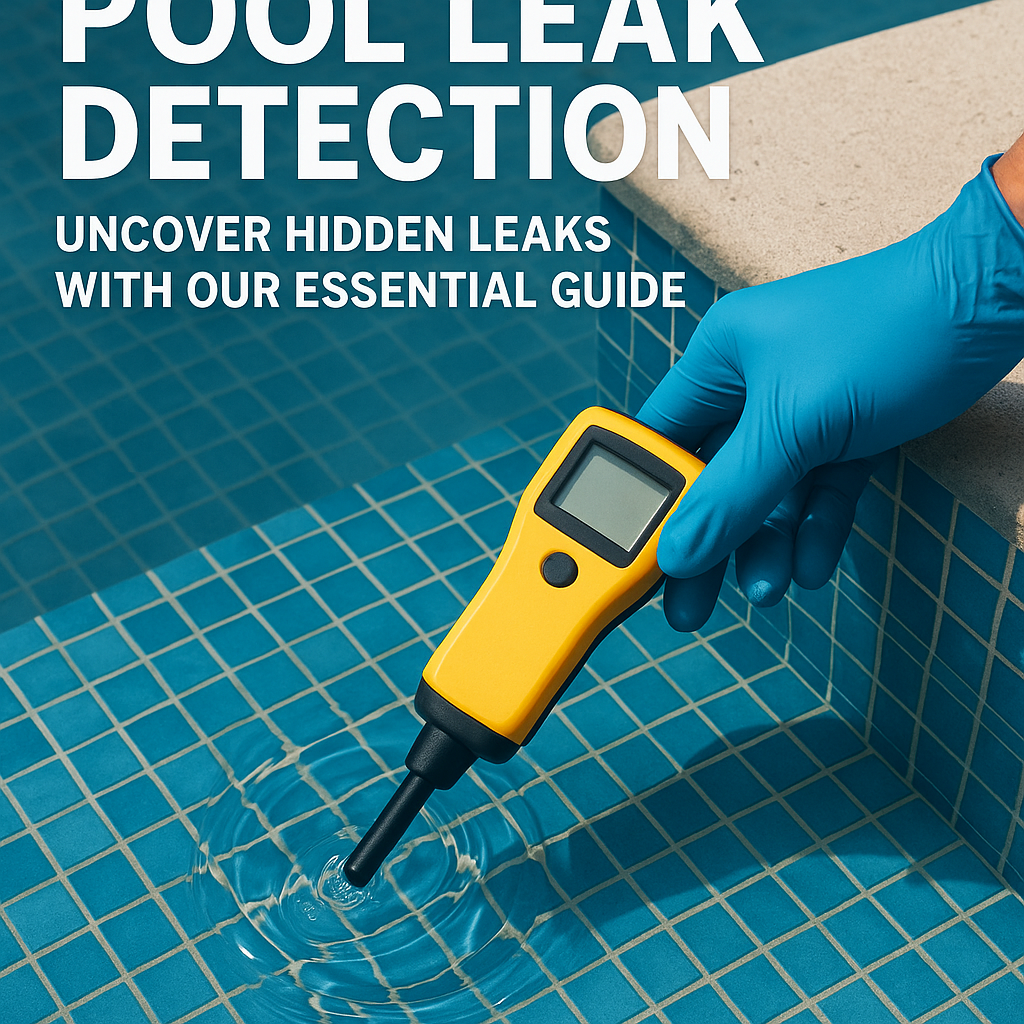Pool Leak Detection: It’s an issue every pool owner will contend with at some point. How can you pinpoint a pool leak effectively? It doesn’t have to be a daunting task. In this essential guide, we will explore various methods of uncovering hidden leaks and delve deep into pool maintenance necessities. We’ll also discuss tile remodel, coping and plaster, structural repair, calcium removal, pool equipment repair and installation, as well as replastering and pool remodeling. Let’s dive in!
The Importance of Pool Leak Detection

Water loss in your pool can wreak havoc with more than just your water bill. Left unchecked, even small leaks can lead to substantial problems overtime, compromising your pool’s structural integrity, damaging equipment and causing unsightly water-stains. The key to effective pool leak repair lies in early and precise pool leak detection, but why wait until a problem becomes noticeable before taking action?
A proactive approach to pool maintenance is your best line of defense against the eventual wear and tear. It involves regular checks for leaks, keeping your pool clean, staying on top of calcium removal, ensuring your pool equipment is in good working order, and addressing any structural or cosmetic issues timely. Let’s look into the various aspects of pool maintenance in more detail.
Tile Remodel, Coping, and Plaster
Tiles play a dual role in your pool. Apart from being cosmetically appealing, they also help protect your pool’s structure from water damage. Over time, tiles can crack, shatter, or simply wear down, providing a gateway for water to seep into the structure underneath. Regular checks and tile remodeling can prevent unnecessary leaks.
Coping, the edging that caps the pool wall, also plays a crucial role in pool leak detection. It helps direct water from splashes and waves back into the pool. Cracked or damaged coping can not only result in leaks but pose safety hazards such as tripping. Regular checks and repairs can ensure your coping retains its functionality.
The plaster layer is designed to provide a waterproof barrier for your pool. Over time, it may develop cracks which become susceptible to leaks. Regular pool maintenance should involve inspecting plaster for cracks or separation. Professional pool leak detection and repair machinery can remedy these issues efficiently.
Pool Equipment Repair and Installation
Pool equipment such as pumps, filters, heaters, and more can also develop leaks due to constant wear and tear. Regular maintenance checks, pool equipment repair, and replacements are essential to keep your pool leak-free and functioning efficiently.
Calcium Removal
Over time, calcium may develop on the pool tile, causing a rough surface that ultimately leads to leaks. Regular calcium removal can enhance the longevity of your pool tiles, thereby helping with pool leak detection and prevention.
Replastering and Pool Remodel
If you’re noticing constant leaks and aging signs, it might be time for a pool remodel. This could include replastering the pool or even getting a new one altogether. Replastering can rectify multiple micro-leaks and improve water retention capabilities.
Structural Repair
Sometimes, the problem might be larger than just a few small leaks. Structural damage can occur due to ground movement, age, or design flaws, leading to larger leaks. In such cases, immediate pool leak detection followed by the necessary structural repairs can save your pool from significant damage.
To sum up, a proactive and comprehensive approach to pool maintenance, regular pool leak detection, timely pool leak repair, and a keen eye on other necessary elements such as tile remodel, coping and plaster, structural repair, calcium removal, pool equipment install, pool equipment repair, replastering, and pool remodel can keep your precious pool in its best shape, ready to welcome numerous splashes of joy.
Now that you’re equipped with this knowledge, it’s time to put it into practice. Let us wish you a leak-free swimming season ahead!


